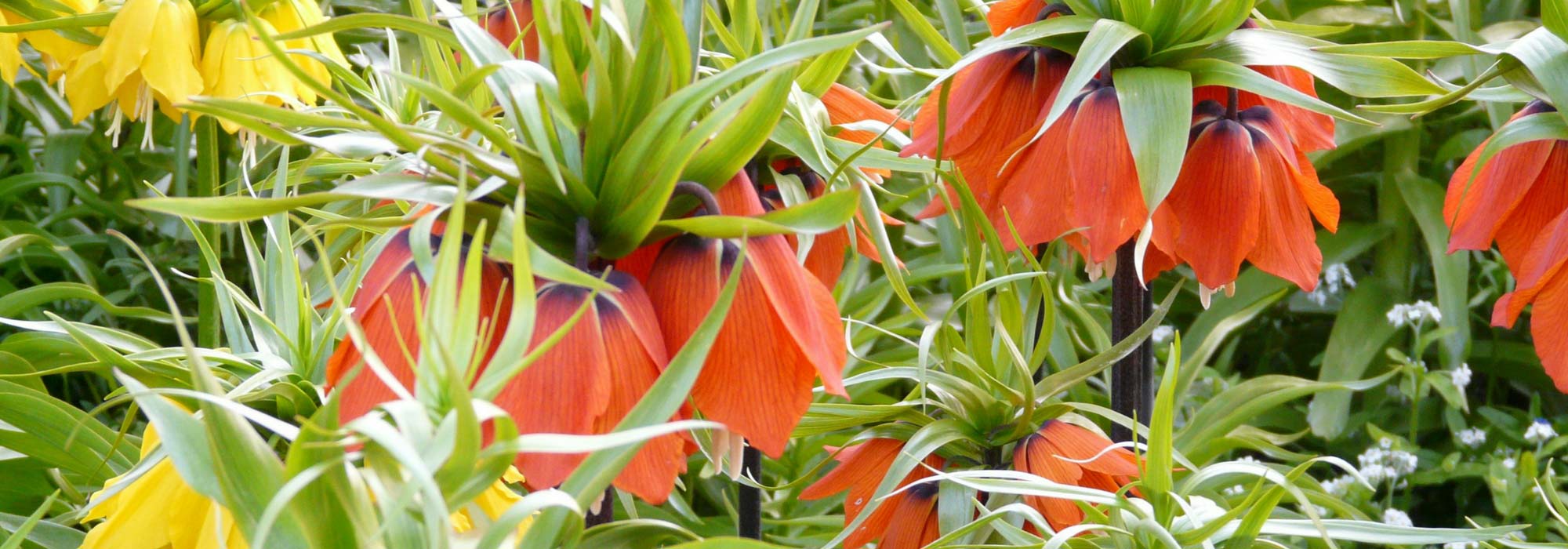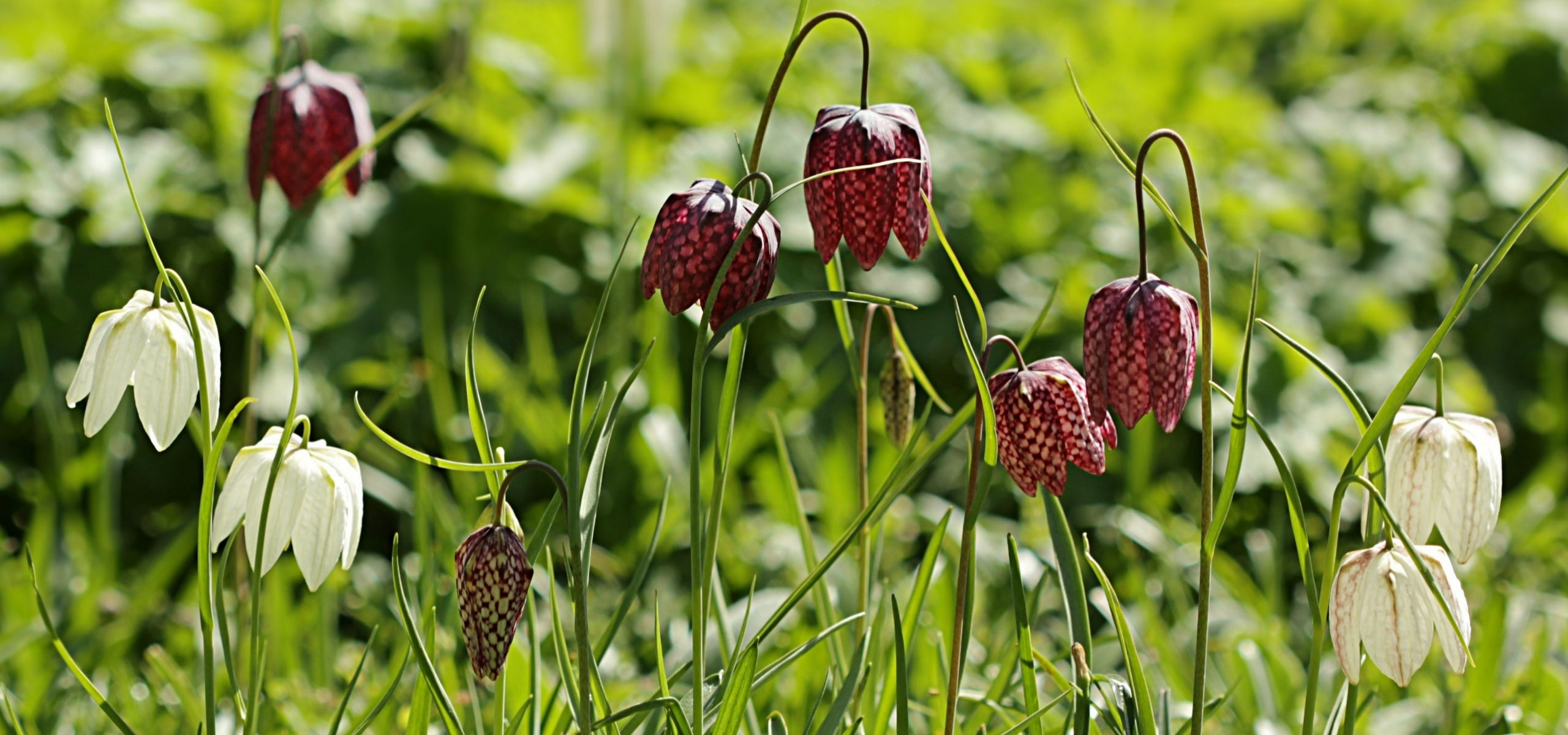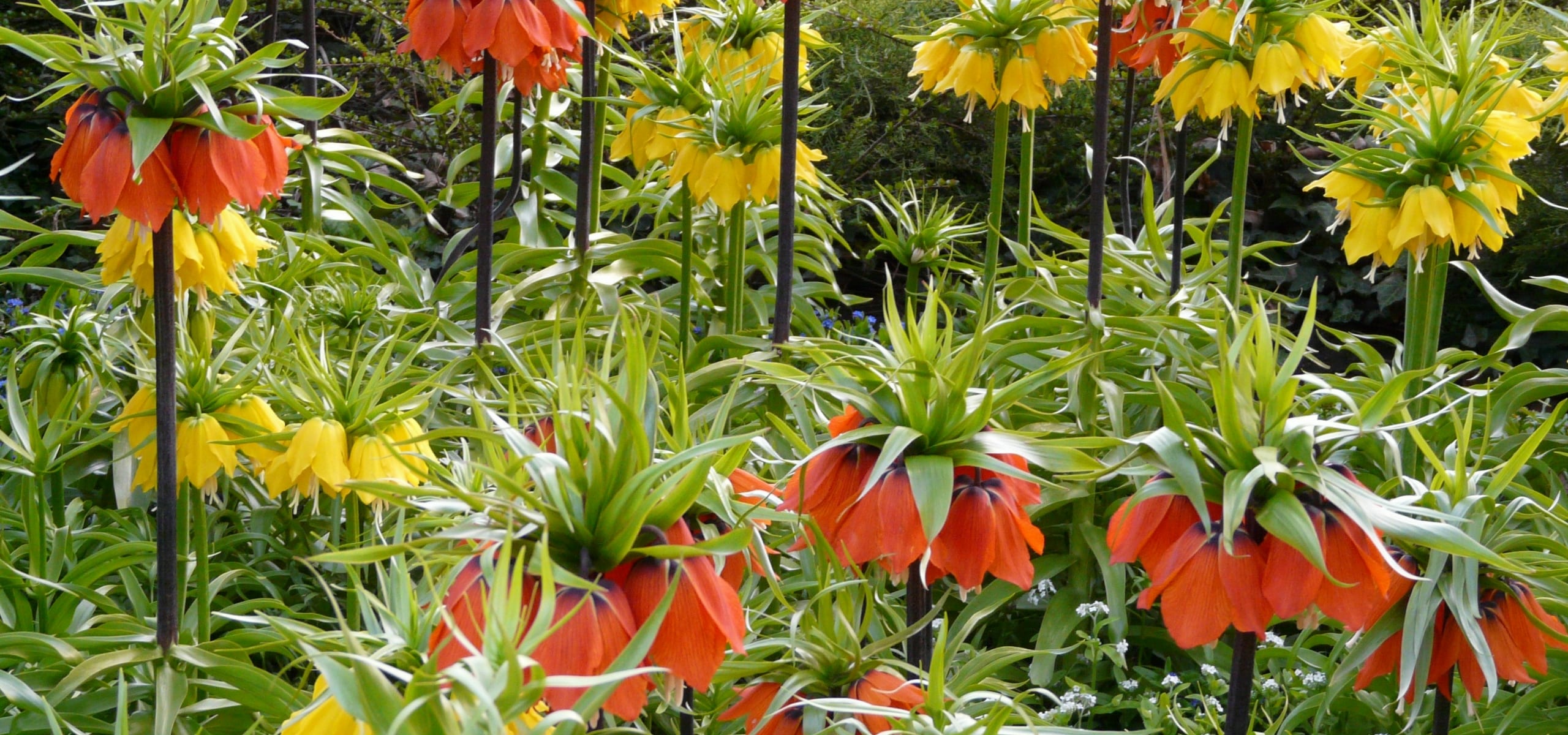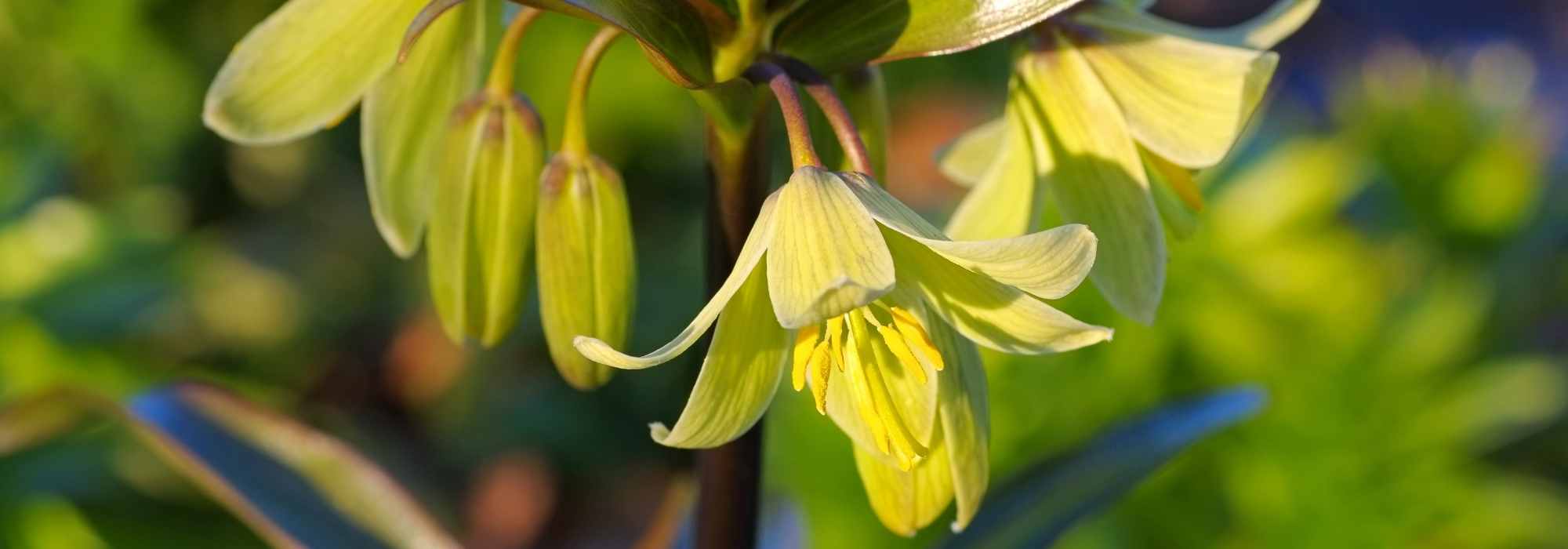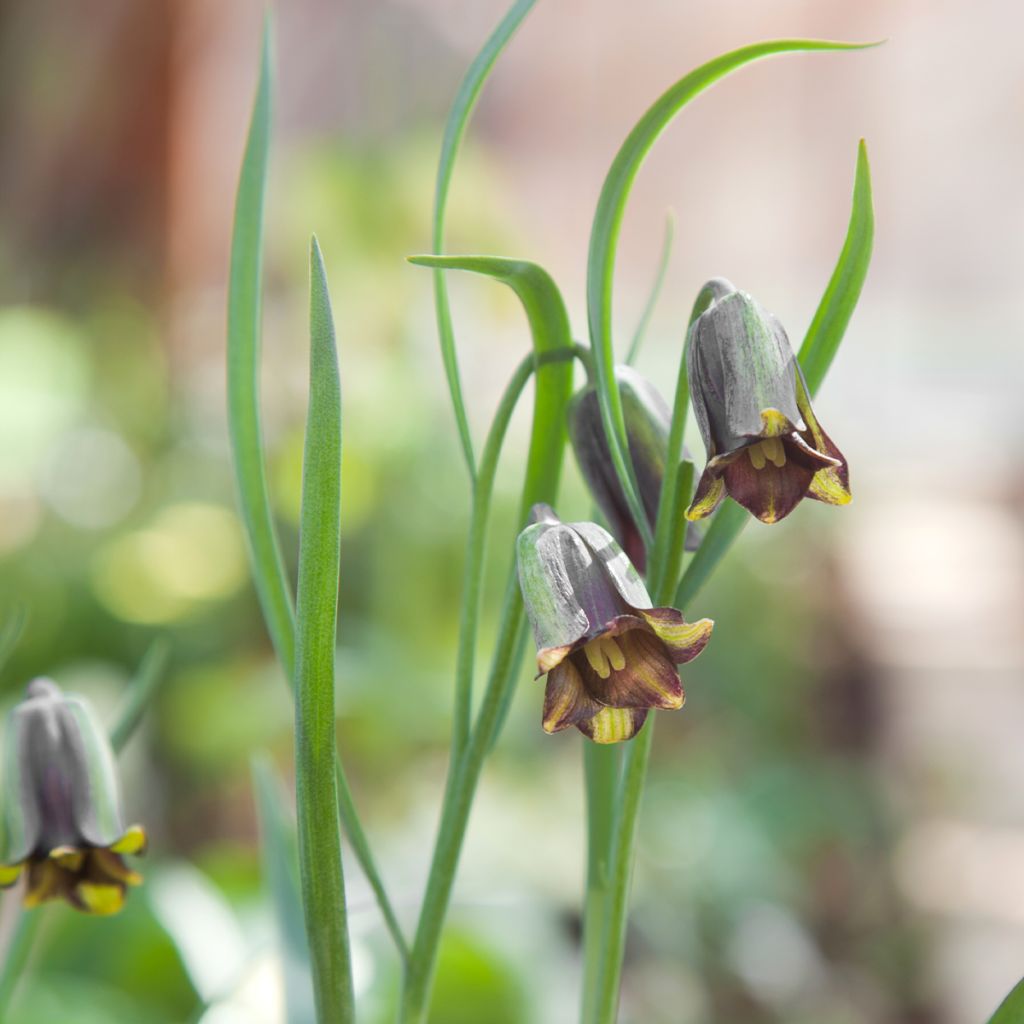

Fritillaria elwesii
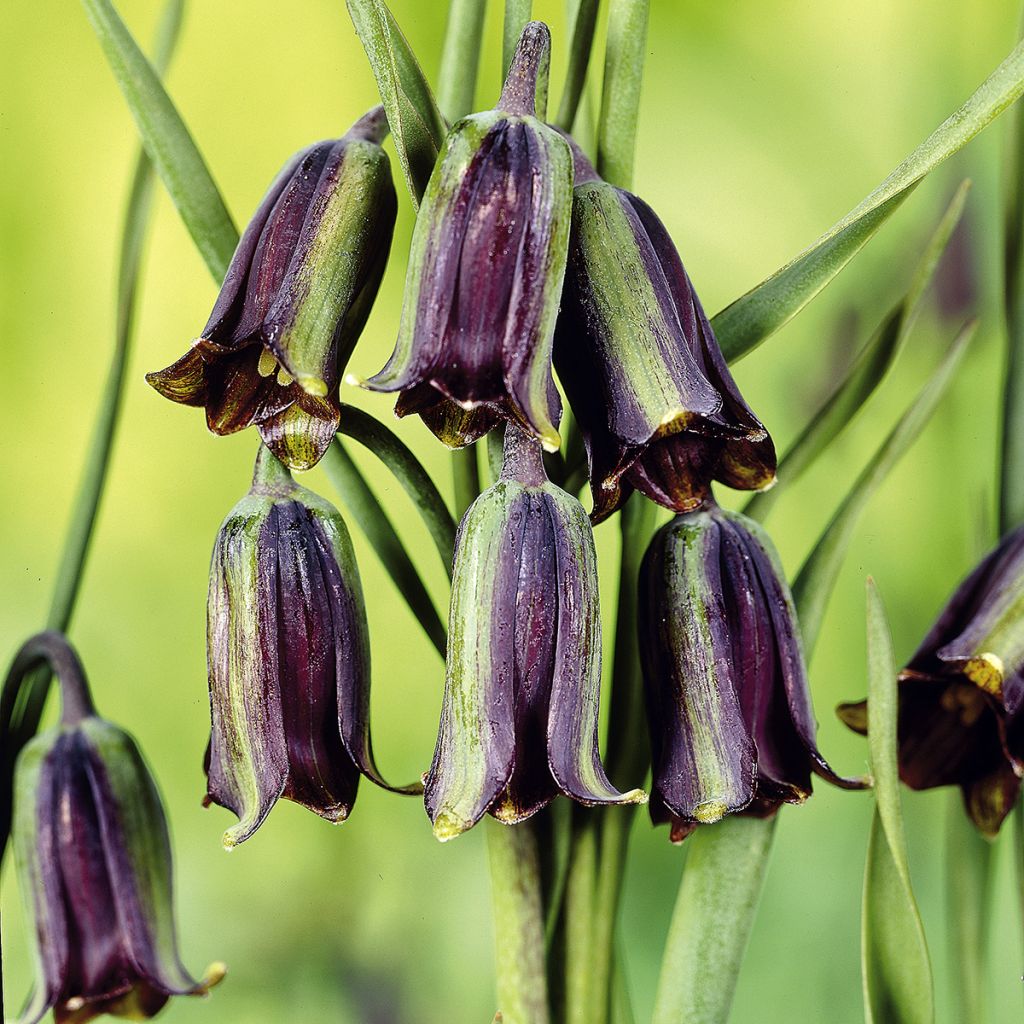

Fritillaria elwesii
Fritillaria elwesii
Fritillaria elwesii
Elwes's fritillary
Special offer!
Receive a €20 voucher for any order over €90 (excluding delivery costs, credit notes, and plastic-free options)!
1- Add your favorite plants to your cart.
2- Once you have reached €90, confirm your order (you can even choose the delivery date!).
3- As soon as your order is shipped, you will receive an email containing your voucher code, valid for 3 months (90 days).
Your voucher is unique and can only be used once, for any order with a minimum value of €20, excluding delivery costs.
Can be combined with other current offers, non-divisible and non-refundable.
This plant carries a 6 months recovery warranty
More information
We guarantee the quality of our plants for a full growing cycle, and will replace at our expense any plant that fails to recover under normal climatic and planting conditions.
Would this plant suit my garden?
Set up your Plantfit profile →
Description
Fritillaria elwesii, or Elwes' fritillary, is a botanical species that is still relatively unknown and comes to us from southern Turkey. It is a charming and modest bulbous plant, with muted colours, which will make a small impact in rockeries or raised beds with well-drained soil that is dry in summer. Its spring flowering takes the form of narrow, pendulous, bell-shaped flowers in dark tones, which shimmer with golden reflections in the sun. Plant the bulbs in autumn, in the sun in cool regions or in light shade in warmer ones. This wild fritillary will delight collectors of rare plants!
Fritillaria elwesii belongs to the Liliaceae family. It is native to the eastern Mediterranean, with its natural range extending from the eastern Aegean Islands to southwestern Turkey, through Lebanon and Syria. In the wild, it is found in pine forests and scrubland up to 900m (2953ft) above sea level. It is a plant with bulbous scales. Its growth emerges from the ground from January to February, depending on the climate. It produces slender floral stems that reach 30 to 40cm (12 to 16in) in height when in flower. These stems bear long, narrow, slightly curled leaves, in a random arrangement, with a green-grey colour. Flowering occurs between March and early May, depending on the climate. At the tip of each stem, one to three flowers appear, hanging towards the ground, measuring 4 to 5cm (2in) in length. Each corolla is surrounded by green sepals. The petals have olive-green and purple to aubergine stripes. Their curled tips are yellow, as are the stamens. The waxy coating that covers the corollas alters their colour depending on whether they are in shade or in light. The plant enters a dormant period in the summer in dry soil.
This Elwes' fritillary, of southern origin, is particularly suited to hot and dry climates. In the wild, it benefits from spring moisture, while enduring dry and hot summers. In winter, in its native regions, rainfall is quite rare and temperatures are mild. This prevents excessive moisture around the bulb. These conditions should be replicated in the garden or in pots in order to successfully cultivate and see it flower faithfully year after year. To accompany it, consider, for example, Greek anemones, as well as botanical tulips and botanical narcissus.
Fritillaria elwesii in pictures


Plant habit
Flowering
Foliage
Botanical data
Fritillaria
elwesii
Liliaceae
Elwes's fritillary
Mediterranean
Planting and care
This bulbous plant should be planted in autumn at a depth of 10 to 12cm (4 to 5in) in very well-drained soil. Adding sand or fine gravel can prevent bulb rot in winter. After flowering, the leaves should be left to allow the bulb to regenerate. Elwes' fritillary can be grown in a pot with well-draining substrate, which should be protected in an alpine greenhouse during winter (cold, but almost dry). This species grows in slightly acidic, neutral, or calcareous soil. In dry soil, the bulb can withstand brief frosts of around -20°C (-4°F). In colder regions, it should be planted in full sun. In warmer climates, it will appreciate some shade in the afternoon.
Its Mediterranean origin means that it tolerates dry and hot summers. However, it needs rain in late winter and spring. These conditions are met in nature and should be mimicked in the garden to successfully cultivate it and see it faithfully bloom year after year.
Planting period
Intended location
Care
Planting & care advice
This item has not been reviewed yet - be the first to leave a review about it.
Haven't found what you were looking for?
Hardiness is the lowest winter temperature a plant can endure without suffering serious damage or even dying. However, hardiness is affected by location (a sheltered area, such as a patio), protection (winter cover) and soil type (hardiness is improved by well-drained soil).

Photo Sharing Terms & Conditions
In order to encourage gardeners to interact and share their experiences, Promesse de fleurs offers various media enabling content to be uploaded onto its Site - in particular via the ‘Photo sharing’ module.
The User agrees to refrain from:
- Posting any content that is illegal, prejudicial, insulting, racist, inciteful to hatred, revisionist, contrary to public decency, that infringes on privacy or on the privacy rights of third parties, in particular the publicity rights of persons and goods, intellectual property rights, or the right to privacy.
- Submitting content on behalf of a third party;
- Impersonate the identity of a third party and/or publish any personal information about a third party;
In general, the User undertakes to refrain from any unethical behaviour.
All Content (in particular text, comments, files, images, photos, videos, creative works, etc.), which may be subject to property or intellectual property rights, image or other private rights, shall remain the property of the User, subject to the limited rights granted by the terms of the licence granted by Promesse de fleurs as stated below. Users are at liberty to publish or not to publish such Content on the Site, notably via the ‘Photo Sharing’ facility, and accept that this Content shall be made public and freely accessible, notably on the Internet.
Users further acknowledge, undertake to have ,and guarantee that they hold all necessary rights and permissions to publish such material on the Site, in particular with regard to the legislation in force pertaining to any privacy, property, intellectual property, image, or contractual rights, or rights of any other nature. By publishing such Content on the Site, Users acknowledge accepting full liability as publishers of the Content within the meaning of the law, and grant Promesse de fleurs, free of charge, an inclusive, worldwide licence for the said Content for the entire duration of its publication, including all reproduction, representation, up/downloading, displaying, performing, transmission, and storage rights.
Users also grant permission for their name to be linked to the Content and accept that this link may not always be made available.
By engaging in posting material, Users consent to their Content becoming automatically accessible on the Internet, in particular on other sites and/or blogs and/or web pages of the Promesse de fleurs site, including in particular social pages and the Promesse de fleurs catalogue.
Users may secure the removal of entrusted content free of charge by issuing a simple request via our contact form.
The flowering period indicated on our website applies to countries and regions located in USDA zone 8 (France, the United Kingdom, Ireland, the Netherlands, etc.)
It will vary according to where you live:
- In zones 9 to 10 (Italy, Spain, Greece, etc.), flowering will occur about 2 to 4 weeks earlier.
- In zones 6 to 7 (Germany, Poland, Slovenia, and lower mountainous regions), flowering will be delayed by 2 to 3 weeks.
- In zone 5 (Central Europe, Scandinavia), blooming will be delayed by 3 to 5 weeks.
In temperate climates, pruning of spring-flowering shrubs (forsythia, spireas, etc.) should be done just after flowering.
Pruning of summer-flowering shrubs (Indian Lilac, Perovskia, etc.) can be done in winter or spring.
In cold regions as well as with frost-sensitive plants, avoid pruning too early when severe frosts may still occur.
The planting period indicated on our website applies to countries and regions located in USDA zone 8 (France, United Kingdom, Ireland, Netherlands).
It will vary according to where you live:
- In Mediterranean zones (Marseille, Madrid, Milan, etc.), autumn and winter are the best planting periods.
- In continental zones (Strasbourg, Munich, Vienna, etc.), delay planting by 2 to 3 weeks in spring and bring it forward by 2 to 4 weeks in autumn.
- In mountainous regions (the Alps, Pyrenees, Carpathians, etc.), it is best to plant in late spring (May-June) or late summer (August-September).
The harvesting period indicated on our website applies to countries and regions in USDA zone 8 (France, England, Ireland, the Netherlands).
In colder areas (Scandinavia, Poland, Austria...) fruit and vegetable harvests are likely to be delayed by 3-4 weeks.
In warmer areas (Italy, Spain, Greece, etc.), harvesting will probably take place earlier, depending on weather conditions.
The sowing periods indicated on our website apply to countries and regions within USDA Zone 8 (France, UK, Ireland, Netherlands).
In colder areas (Scandinavia, Poland, Austria...), delay any outdoor sowing by 3-4 weeks, or sow under glass.
In warmer climes (Italy, Spain, Greece, etc.), bring outdoor sowing forward by a few weeks.






























